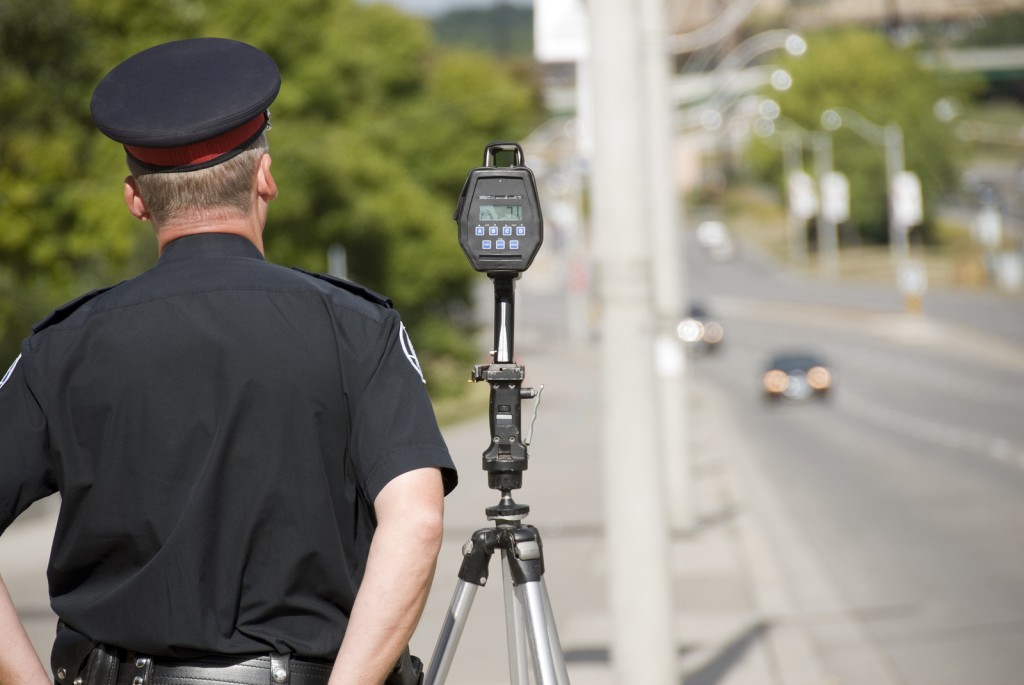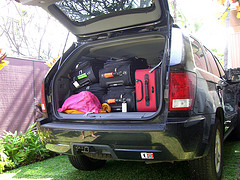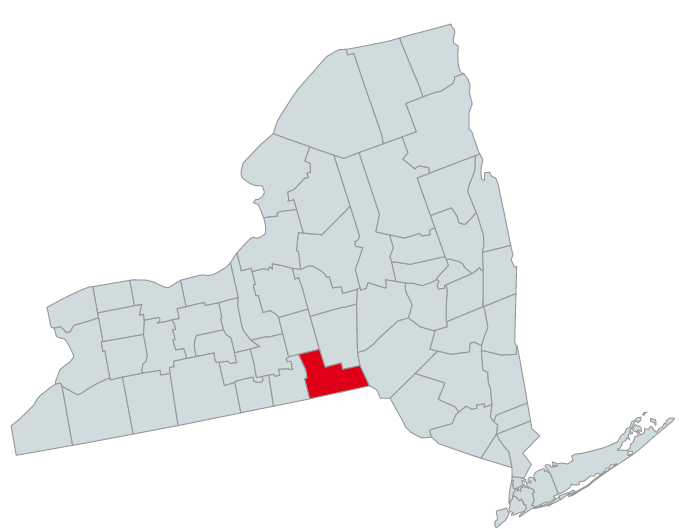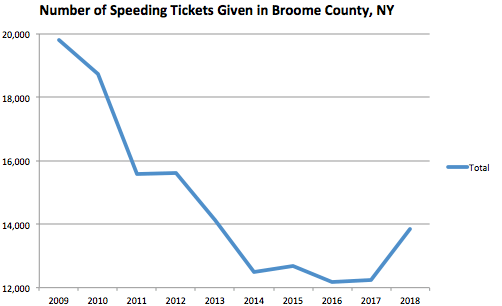Many people ask us if they can get out of their speeding ticket because the speed limit sign was obscured by a tree or bush, covered up, totally faded, or simply not visible. New York State does not have an official law on the books that makes this a valid defense to a speeding ticket.
However, when this defense is used in tandem with photographic evidence and an adequate legal justification, prosecutors will sometimes reduce your offense and judges may even dismiss the ticket entirely. Nevertheless, this is not a hard-and-fast rule and there are a few things you need to know about trying to use it as a defense.
Two Important Caveats—Default Speed Limits & Posting Requirements
In many parts of New York State, there are default speed limits. This means that even if a speed limit sign is not posted and you are caught speeding over the default limit, you might get a speeding ticket. Depending on the jurisdiction you are driving in, these default limits vary.
Accordingly, in order to properly raise a “speed limit was not visible” defense, you must first be obeying any default limit that might exist. For example, if you received a school zone speeding ticket where the speed limit was 15MPH, but the sign was completely obscured, you can only raise the sign obstruction as a defense if you were driving below the regular default speed limit. Additionally, you need to be aware of the specific municipality’s sign posting laws and use them to your advantage.
For instance, if a certain jurisdiction requires foliage to be removed whenever it becomes overgrown and covers a sign, you should mention this in court. Cite the ordinance or local policy, have pictures of the untrimmed bush covering the sign, and have your attorney confidently tell the prosecutor your story. Nevertheless, keep in mind that simply failing to see an otherwise visible speed limit sign is not a valid defense to a speeding ticket.
Best Way to Present a “Lack of Visibility” Defense
First and foremost, hire an experienced NY traffic ticket attorney to defend you. Even if you follow every step to the letter and make this defense, a prosecutor will give more credence to an attorney and give you a better deal than if you defended yourself.
Second, make sure to take pictures of the sign that was obstructed, blocked, or not visible and have them time-stamped (if possible).
Third, have your attorney explain to the prosecutor that the sign was obstructed and that you were not given “notice” of the posted speed limit. In other words, you had no way of knowing that the posted speed limit varied from the default limit due to the obstruction/lack of visibility.
Next, if applicable, have your attorney provide the local ordinance or policy requiring maintenance crews to monitor and trim bushes that block signs on highways and/or local roads and have your attorney show the prosecutor the time-stamped photos of the obstructed sign.
Lastly, have your attorney explain that given all of the circumstances—in conjunction with the photos, the fact you were within the default speed limit, you completely lacked notice, etc.—your ticket ought to be dismissed.
All of this should be done first to the prosecutor during plea negotiations. Although rare, the prosecutor could agree with you and voluntarily dismiss the case. However, in most cases, he will offer a deal for a lesser offense. If necessary, you can have your attorney argue in front of the judge for a dismissal arising out of all of the evidence discussed previously. Remember, there is no guarantee that this defense will work in your specific scenario. However, it has worked in the past under certain circumstances.
Who Should You Contact?
If you recently received a New York speeding ticket, contact Rosenblum Law. Our team of traffic ticket attorneys has a successful track record of fighting these types of cases and getting our clients the results they want. Call us today at 888-434-0406.






 Fleeing
Fleeing

